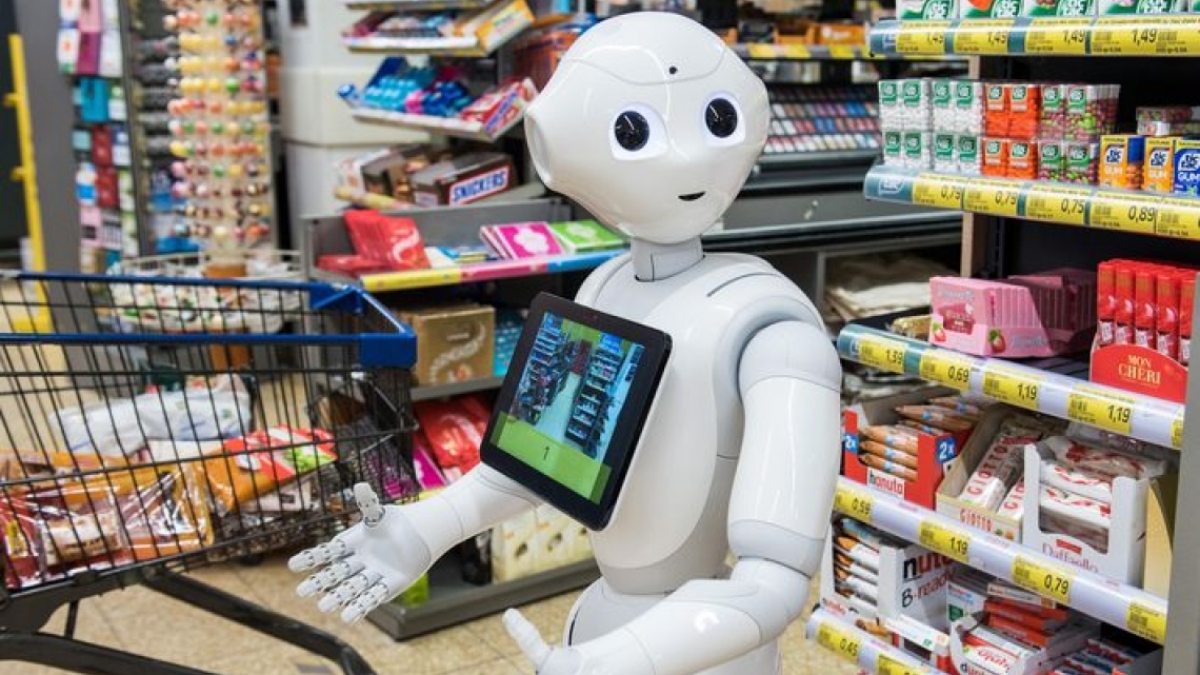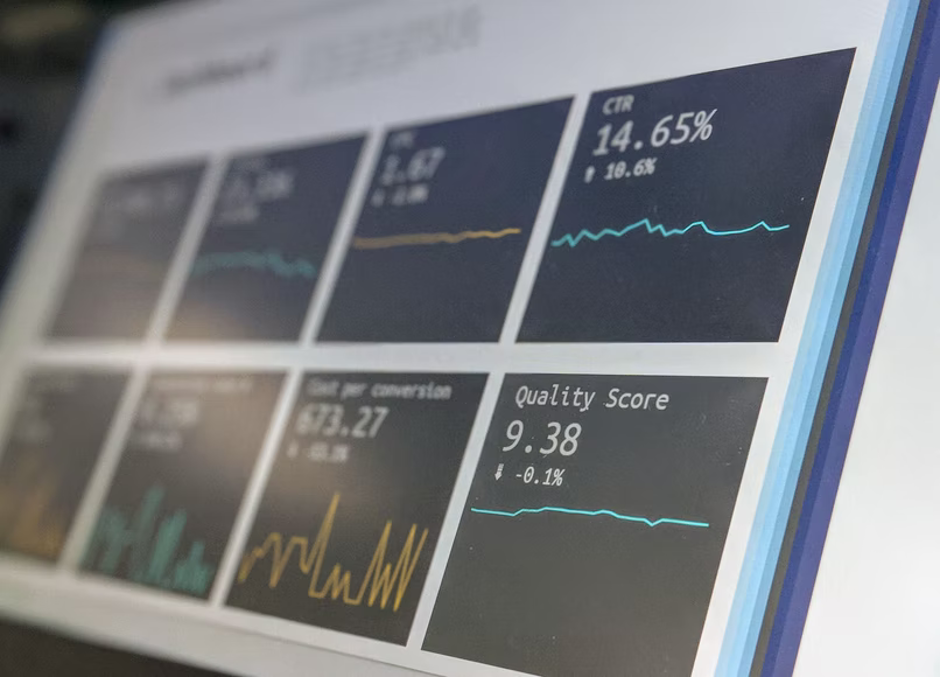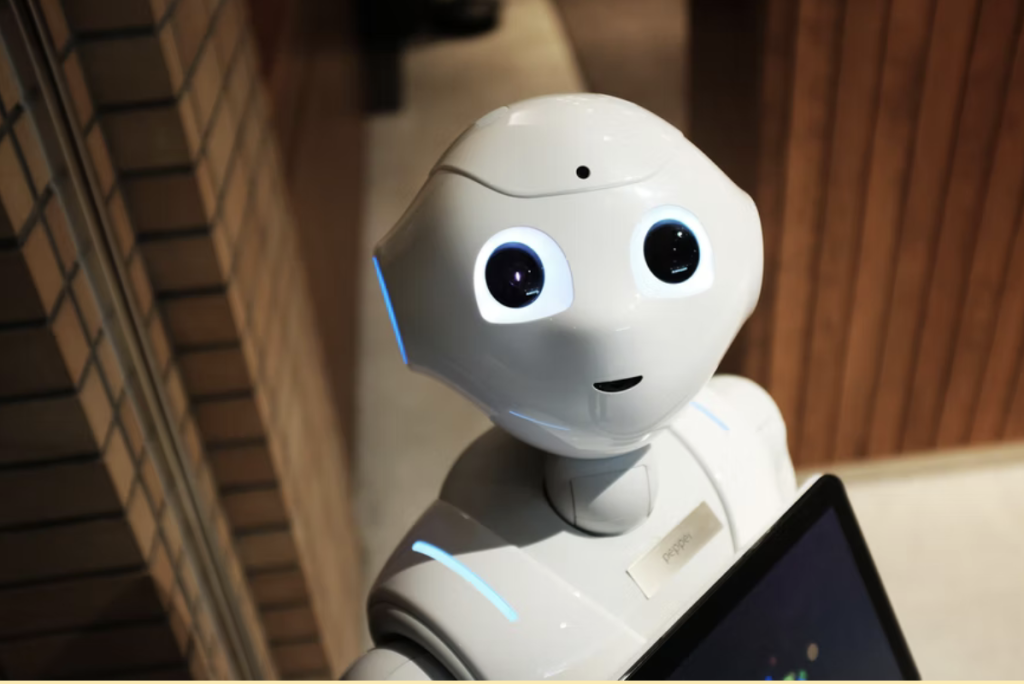
Artificial intelligence (AI) is the simulation of the human mind by computers. In the past we could see such technology only in films, but today it is becoming more a reality. Moreover, AI can automate the area of trade. Retail stores are increasingly moving from basic sensor computers to smart systems: talking robots and intelligent interactive displays. How can AI help retail?
Table of Contents
Visitor Analysis
Personalized customer research is one of the most relevant directions of AI in the retail industry. AI is used for online and offline trading. On the websites of online stores, personal offers for customers are formed using advanced algorithms. Offline stores typically use machine learning based on facial recognition technology.
With this innovative solution, shopkeepers can identify the target audience, its age and gender, blacklisted visitors, regular customers, and VIP buyers. At the same time, the system can analyze information and generate reports that will help improve advertising campaigns and marketing activities.

The computer can collect the following information about visitors: how they behave, move around online or in store, how many queues at checkout, etc.
The system is also able to take into account several factors simultaneously: the characteristics of visitors online or in the store, the availability of goods in stock, and seasonality. Experts believe that retail businesses, which will introduce AI technologies and analyze the data, will be able to increase sales by 10% and total revenue by 6%.
Employee Performance Optimization
Advanced algorithms also allow rational planning of staff time, reduce labor costs, improve the quality of customer service, and increase the number of customers.
Facial recognition systems can be used to identify periods of high and low store attendance. Thus, it is possible to accurately calculate the optimum number of visitors in the store and employees at the checkout counters, effectively arranging work schedules.
Research shows that AI-based systems can increase staff performance by 4%, increase conversion, and reduce wages by 15%.
Shops Without Sellers
The self-service retail format is also becoming more popular. In 2016, Amazon opened its first store, Take&Go, without sellers of technology. To buy something, you need to install a special application and get a QR code. Next, you choose the goods you like and leave – the money is automatically deducted from your Amazon account or connected credit card.

The rest of the work is done with machine vision and a neural network:
- Special cameras create your simulation and track your movement in the store.
- Shelves have built-in scales, which monitor the type and quantity of goods you’ve selected.
- Cloud computing collects all your assigned items, processes the order when you leave the store area, and charges the funds to your card.
German hypermarket Kaufland allowed customers to use both store scanners and smartphones with an app installed on them. The technology is called “Scan, pay, leave.” With this special app, you can make purchases and scan the barcodes of selected items that are added to an electronic shopping cart. Then, before you leave, you can pay for the purchase with a credit card.
At the same time, Walmart is promoting its instant purchase service with an assistant: the employee on the sales floor scans the items, processes the payment, and gives the customer a receipt, thus eliminating the need to pass through the checkout counter. But not every retailer can afford to hire staff for this task.
According to experts, this format is 50% more profitable than traditional retail. It allows you to save on salaries and put additional merchandise on shelves. However, to open a “smart” store, you will have to invest in hardware.
Other Examples of AI Retail Applications
To make it easier for customers to navigate the store, Lowes created robot helpers. They ask customers what they are looking for and help with the search. They can show the store map, give advice, and monitor the availability of inventory in stock.

In Sephora stores, you can find the perfect cosmetics without having to apply them to your face. Color IQ can scan your face and give personal advice on tones of foundation, lipstick color, etc.
H&M analyzes returns to understand the statistics in each store. This allows them to understand which products should be more advertised and not removed from the collection.
American Eagle allows visitors who enter the dressing room and realize that they have taken the wrong size to scan things they like and see what other sizes are available. The store staff is notified if they need to bring a different size into the dressing room. In addition, the technology can provide recommendations based on the client’s fittings.
Experts predict the further development and popularity of AI technologies in the coming years. The faster retailers respond to the changes, the better their chances of bypassing competitors and winning buyers.